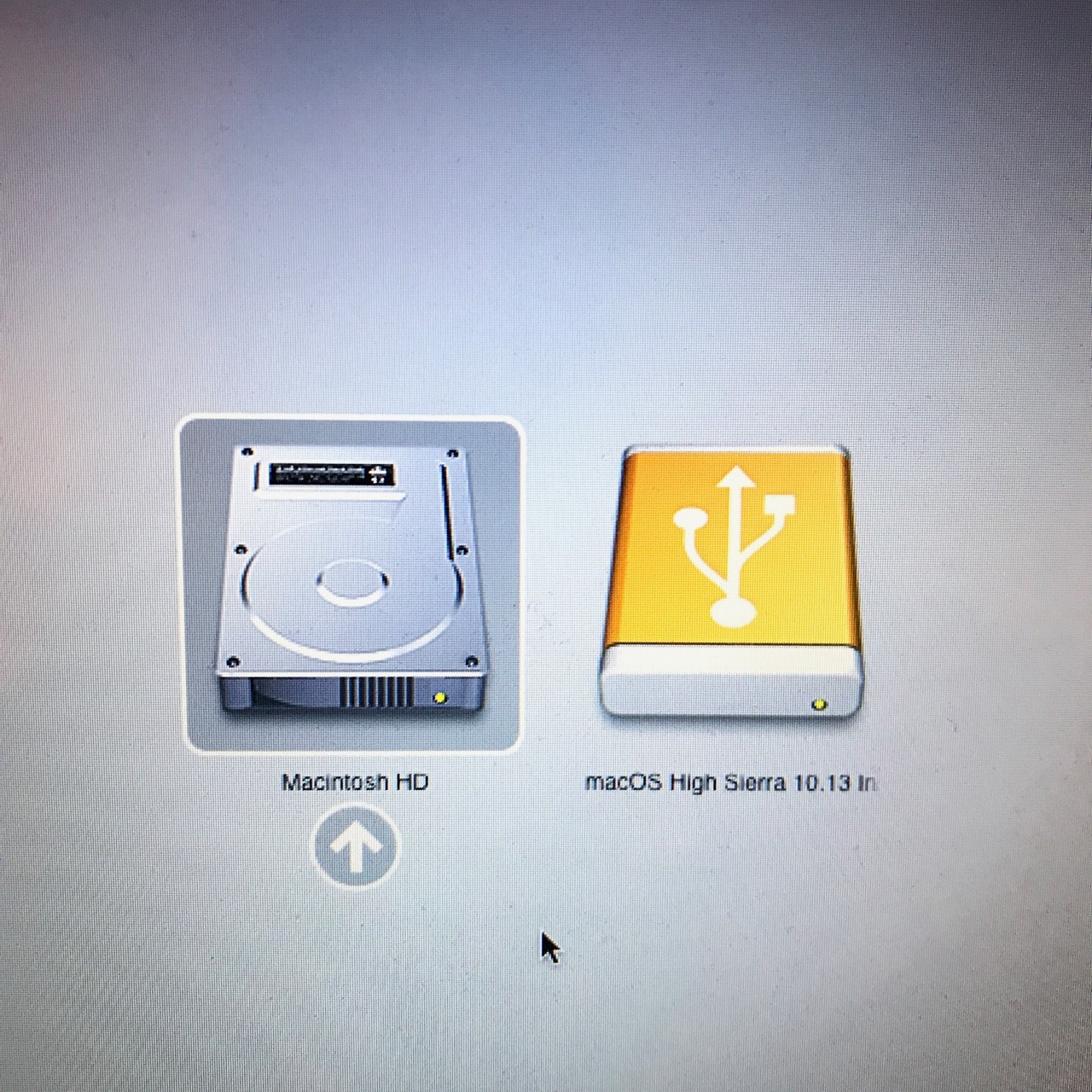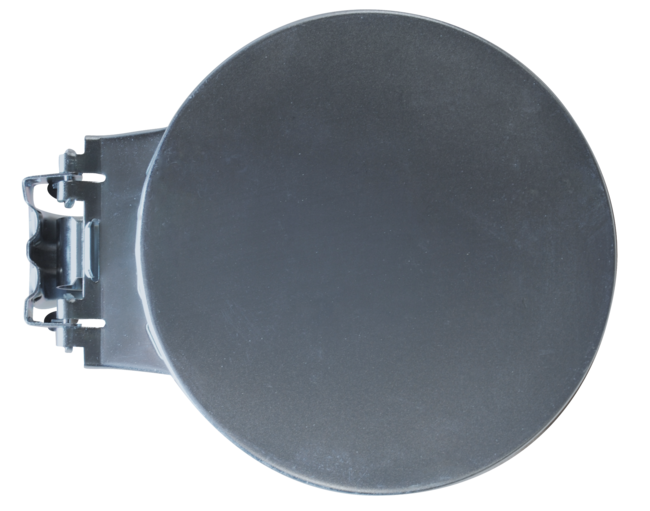Dosdude1 Sierra Patch Tool
Off the top, I want to thank dosdude1.com for providing the software – and the instructions – to upgrade many older Macs to OSX Sierra. Please donate if you can!
The benefit to this update is that we are getting a number of Macs – Towers, Mini’s and iMacs – that can only go up to OS7 or OS8 and thus are increasingly out-of-date. If we can get at least some of these Macs up to OSX Sierra, we have a great chance to give them new life for a few more years. And that means we can give students, families, non-profit groups and others the ability to work with the latest OS and be as productive as they can be going forward.
The website lays out the requirements, supported (and non-supported) machines, things you’ll need and known issues (which we laid out in Part 1.)
Mojave Patch Tool. CLICK HERE TO DOWNLOAD THE PATCH TOOL. Using APFS on Late-2009 and later machines will work no differently than it did with High Sierra. Big thank you & all credit goes to dosdude1.com for this tool. Please head to his website and make a donation! Added support for the final release of High Sierra. Includes a new version of Patch Updater that allows viewing and re-installing of installed patch updates. 2.3.2 - Fixed an issue with the AMD GPU Patch not working with Radeon HD 7xxx series cards. Fixed an issue where the tool may crash while creating a.
You can use the instructions from dosdude1 to take you through the process. My intent here is to give you my take as I went through those instructions.
TAKE ONE
The instructions are clear that you need a flash drive of at least 8 GB in size. I found that you can get away with a smaller one. That said, you will need to get ahold of a copy of the Sierra installer by using a newer Mac to get it from the App store or dosdude1 gives you a link to the MEGA Unlimited site in New Zealand – but you can get instructions on how to download it from other websites as well.
You’ll also need a hard drive with an older version of the Mac OS (based on the requirements for the upgrade) or a blank drive. In either case, you’ll be installing Sierra – so it will be a “normal” install as you would with any Mac update, or a clean install on a new or blank drive.


Update: This is my main drive info. I did this upgrade on an exact copy:
NOTE – we plan to do a clean install and, with some additional software tools (like Open Office) we will plan to make a Time Machine backup to use to make clones for other Macs. (Yes there are other ways to make clones – as in using SuperDuper or Carbon Copy Cleaner. But I’ve found that using a Time Machine backup is actually quicker. (See note below about this.)
Dosdude1 Sierra Patcher Tool
We’ll write about that experience in a future blog.
I would have said it was totally unrelated to running patched High Sierra, but the most information I found about the problem was from those who run Hackintoshes. The theory seems to be that DRM checks are getting triggered. Second issue, for the last High Sierra patch (10.13.2 I think?), there was a required USB patch from this tool. A developer known as DOSDude1 has written a patch that works on Macs with the Penryn architecture. Using this still imposes certain limitations, but at least makes it possible to install macOS High Sierra on the following Macs. A: Check to make sure your Install macOS High Sierra App is the correct one. It should be around 5GB in size. If you used the 'Skip App Verification' option, you have most likely selected an invalid app that doesn't contain the necessary files. Q: I cannot open my copy of Install macOS High Sierra with the patch tool.
TAKE TWO
Download the Patcher Tool as instructed. Plug in the USB drive and format it using Disk Utilities. (That said, the Patcher Tool will format it anyway when you go to the next step.)
NOTE – I used a 6 GB partition on a large USB drive that I have with various OSX installers without a problem.
It’s time to install OSX Sierra on the USB Drive. Make sure you know where the Sierra installer app is – the patch tool will want to know.
Run the Patcher Tool and click on the Sierra icon to verify your Sierra install app. This went as planned for me. Now it’s time to install the OSX Base System on the formatted USB drive (or in my case – partition).
Remember, this will be the boot drive from which you’ll install OSX Sierra onto the drive of your choice.
With the USB drive selected, I clicked on “Start Operation” to begin installing the Sierra install app.
This is where I ran into some trouble – as the install would get almost all the way to the end and then give me an error message. I reformatted the USB drive and tried again. Same thing. Third time, I LEFT what had been installed on the USB partition and walked away. The install was successful this time! Not sure why but it was time to move on.
TAKE THREE
I keep a Time Machine backup and a SuperDuper backup of my boot drive, so I decided to use the backup as the guinea pig for this update. I rebooted the Mac from the USB drive (Apple Menu -> Restart – Press the Option key). If your USB drive only has one partition (with the Sierra install on it) you’ll see your boot drive and one that is called “OS X Base System.” THAT is what you want to boot from.

I intended to UPDATE from El Capitan (10.11), but if you want to do a clean install, you’ll need to boot into the install drive and then pull down System Utilities to format that drive (yes – you could have done this before as well).
Proceed with the installation on the disk of your choice. This will take awhile so be sure to go into System Preferences and tell your Mac (using Energy Saver) to not go to sleep or turn off your hard drives.
Dosdude1 Sierra Patch Tool Home Depot
Once installed, your Mac will boot into the new OS. You’ll know because the background will be the Sierra Nevada mountains and “About This Mac” from the Apple Menu will confirm it all.
TAKE FOUR
I was almost done! Although it LOOKS like you’ve upgraded properly, you still need to patch the new OS. So I rebooted BACK into the USB Sierra installer partition. This time, when it booted, I found a small box had popped up with four menu items. You only care about the last one – macOS Post Install. I chose that and it asks you to choose your Mac model.
Luckily – it TELLS YOU what Mac Model you have. Choose that model from the drop down box and you will see some suggested patches pre-populated for the model Mac you have. Select the drive you installed Sierra on and press PATCH. For some reason, I had to do this twice but it did finally take.
On the bottom of the Post Install, you’ll see “Complete!” on the left and a Reboot button. Ignore “Force Cache Rebuild.”
My Mac rebooted into the backup drive with Sierra installed. It worked perfectly! I checked for any updates and only had one – Pages – to update. The patched system should allow updates as well (at least for Sierra) but there have been none so far.
FINALLY
That was it! I will likely go ahead and install Sierra on my original El Capitan boot drive (2 TB) as well after giving Sierra a run through on the backup.
Given that the patches are Mac-specific, I’ll likely have to run the patcher tool on each machine we update at the MacRecycleClinic. The good news is, I can boot from the USB drive and install Sierra on any Mac that is supported. From there, I just have to run the Patcher Tool and choose the right version of the machine to patch.
The other plan (as mentioned above) – to create a Mac-specific Time Machine clone may not work but we’ll give it a try and report back.
NOTE that there are still some restrictions with certain Macs – in some cases, for instance, WiFi won’t work – the website says machines ( a wide range actually) running the Broadcom BCM4321 WiFi module. The fix is to install a compatible WiFi card if one is available.
Let us know your own experiences with this patch and any suggestions you might have to make it easier.
